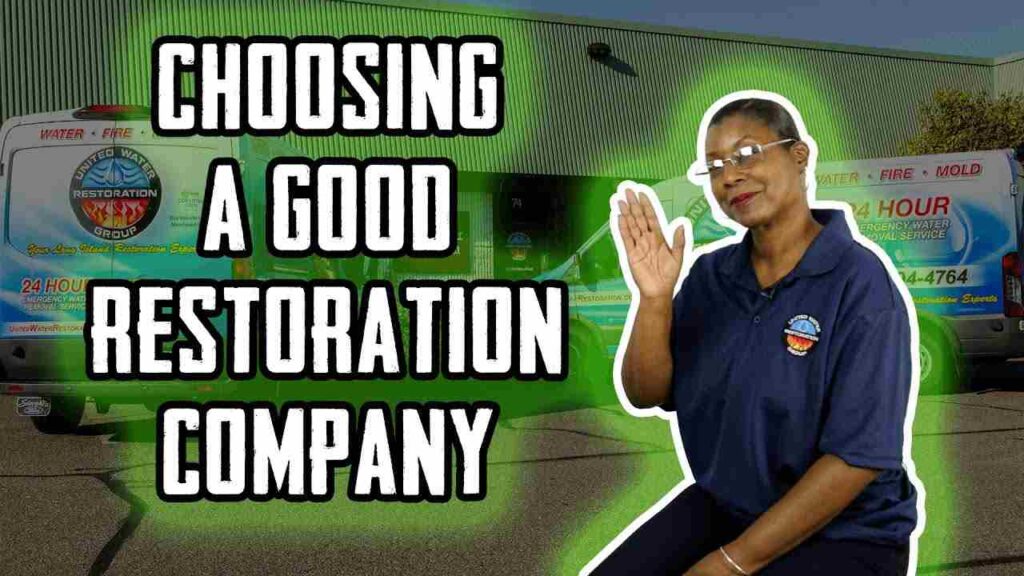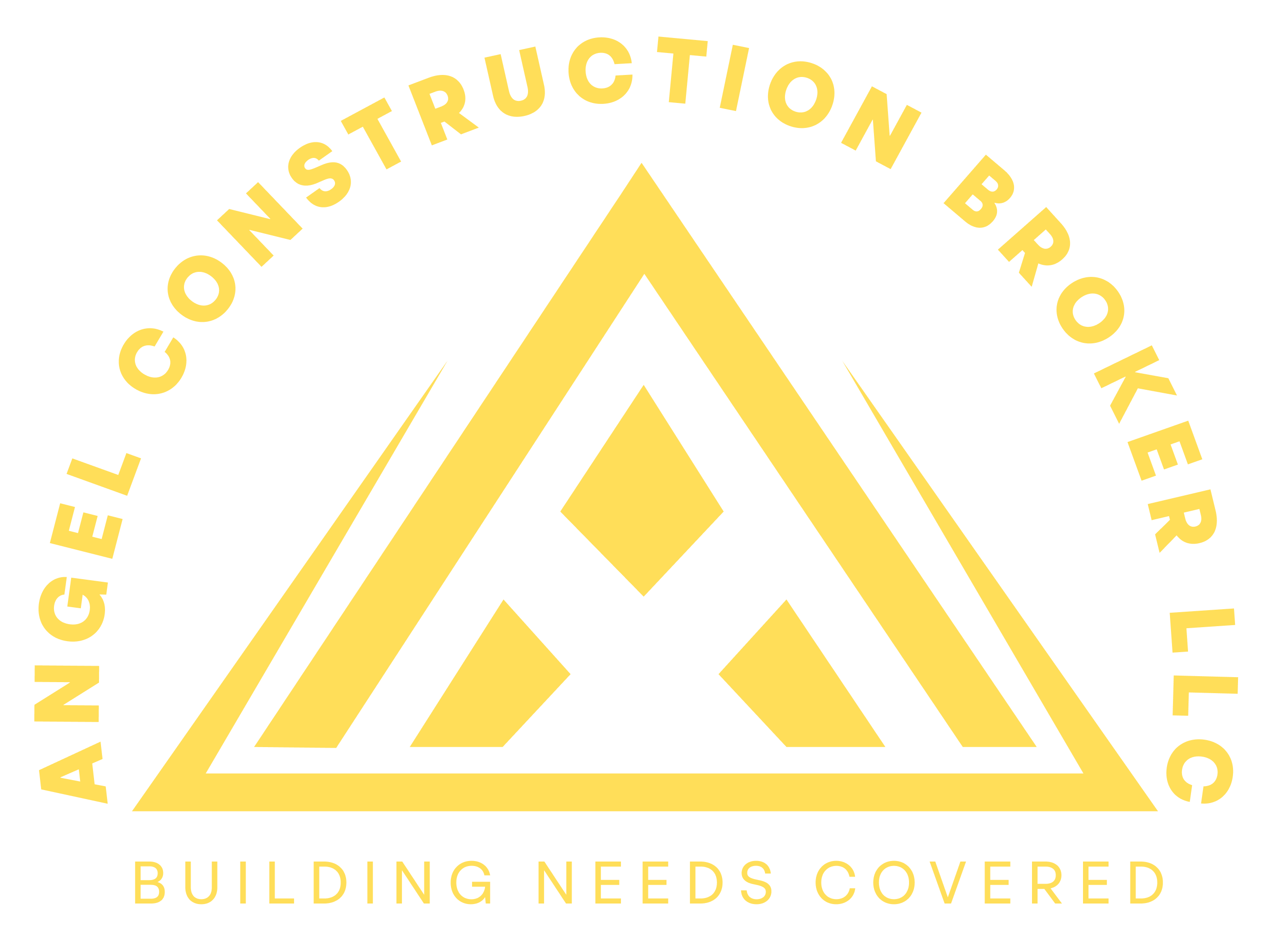Discovering additional damage during the restoration process can be quite unsettling, especially when you thought you had everything under control. It’s like peeling back the layers of an onion, only to find more issues hidden beneath the surface. But don’t worry—unexpected damage is a common occurrence in storm restoration projects, and being prepared for it can make all the difference. In this guide, we’ll explore, with the guidance of Angel Construction Broker, what steps to take if more damage is discovered during the restoration process, ensuring you can navigate these challenges smoothly and keep your home restoration on track.

Whether it’s finding hidden water damage, structural issues, or unforeseen complications, knowing how to handle these surprises is crucial. Onsite inspection services can help identify and assess any additional damage promptly, preventing further complications and ensuring the integrity of your home. By staying flexible and maintaining open communication with your restoration team, you can effectively manage any unexpected issues that arise.
Initial Onsite Inspection
The initial onsite inspection is the first step in identifying the full extent of storm damage. Professional inspectors assess both the exterior and interior of your property, looking for visible and hidden issues. This thorough evaluation helps in creating a detailed restoration plan and ensures that all damage is documented for insurance purposes. Preparing your home for an onsite inspection includes clearing debris, ensuring easy access to all areas, and documenting any visible issues beforehand. Onsite inspection services provide a comprehensive overview, allowing you to understand the scope of work required and prioritize repairs effectively. By identifying potential problems early, you can prevent minor issues from escalating into major repairs.
Identifying Hidden Water Damage
Hidden water damage is a common issue discovered during restoration projects. Water can seep into walls, floors, and ceilings, causing significant damage over time if left untreated. Signs of hidden water damage include discoloration, mold growth, and a musty odor. Onsite inspection services use advanced tools like moisture meters and infrared cameras to detect water damage that isn’t immediately visible. Addressing hidden water damage promptly is crucial to prevent structural deterioration and health hazards associated with mold and mildew.
Assessing Structural Issues
Structural issues, such as weakened beams, damaged foundations, or compromised roofing, can be uncovered during the restoration process. These problems can pose serious risks to the safety and stability of your home. Professional inspectors assess the structural integrity of your property, identifying areas that require immediate attention. Onsite inspection services ensure that any structural damage is thoroughly evaluated and addressed in the restoration plan. By focusing on structural issues early, you can ensure the long-term stability and safety of your home.
Documenting Newly Discovered Damage
When additional damage is discovered during the restoration process, it’s essential to document it thoroughly. Take photographs and videos of the newly identified issues, and update your notes with detailed descriptions. This documentation is crucial for updating your insurance claim and ensuring you receive adequate compensation for the added repairs. Onsite inspection services can assist in documenting these findings accurately. Comprehensive documentation helps streamline the insurance process and provides a clear record of all damage for future reference.
Communicating with Your Restoration Team
Effective communication with your restoration team is vital when new damage is uncovered. Inform them immediately of any additional issues found during the inspection. Discuss how these discoveries impact the original restoration plan and what steps will be taken to address them. Regular updates and open communication help ensure that everyone is on the same page and that the restoration project proceeds smoothly. By working closely with your restoration team, you can navigate unexpected challenges more effectively.

Adjusting the Restoration Plan
Discovering additional damage often requires adjustments to the original restoration plan. Collaborate with your restoration team to revise the plan, incorporating the newly identified repairs. This may involve reprioritizing tasks, extending the timeline, or reallocating resources. Flexibility is key to managing these changes without compromising the quality of the restoration work. Onsite inspection services play a crucial role in providing the information needed to make informed adjustments to the plan, ensuring that all issues are addressed comprehensively.
Updating Your Insurance Provider
Informing your insurance provider about newly discovered damage is essential for maintaining coverage and ensuring proper compensation. Provide them with updated documentation, including photos, videos, and detailed descriptions of the additional issues. Keep records of all communications with your insurance company and follow their guidelines for updating your claim. Timely updates help prevent delays in the claims process and ensure that you receive the necessary funds to cover the added repairs.
Prioritizing Additional Repairs
When new damage is discovered, it’s important to prioritize repairs based on urgency and impact. Address any safety hazards and structural issues first to prevent further damage and ensure the safety of your home. Work with your restoration team to determine the order of repairs, focusing on tasks that will stabilize and protect your property. Prioritizing effectively helps streamline the restoration process and ensures that critical issues are resolved promptly.
Budgeting for Unexpected Costs
Discovering additional damage can impact your restoration budget. Review your finances and update your budget to account for the added costs. Discuss potential expenses with your restoration team and seek quotes for the additional work required. Consider setting aside a contingency fund to cover any unforeseen expenses that may arise. By budgeting carefully, you can manage the financial impact of unexpected repairs and ensure the restoration project remains on track.
Ensuring Safety During Additional Repairs
Safety should always be a priority during the restoration process, especially when new damage is discovered. Ensure that all repair work is conducted following safety guidelines and building codes. Communicate any new safety concerns to your restoration team and take necessary precautions to protect occupants and workers. Onsite inspection services can help identify potential hazards and recommend safety measures. By prioritizing safety, you can prevent accidents and ensure a smooth restoration process.
Finalizing the Restoration Process
Once all repairs are completed, conduct a final inspection to ensure that all issues have been addressed satisfactorily. Review the work with your restoration team, checking for quality and compliance with the agreed-upon plan. Document the final state of your property and update your insurance provider with the completion details. A thorough final inspection ensures that your home is fully restored and ready for occupancy, giving you peace of mind and confidence in the quality of the work done.
Conclusion
In conclusion, managing unexpected damage discovered during the storm restoration process requires careful assessment, thorough documentation, and effective communication. By utilizing onsite inspection services, you can identify hidden issues, adjust your restoration plan, and ensure all repairs are prioritized and executed safely. Keeping your insurance provider updated and maintaining a flexible approach to budgeting and planning are crucial for a successful restoration. Working closely with your restoration team and focusing on safety and quality throughout the process will help you navigate any unforeseen challenges. Ultimately, these steps ensure your home is restored to its former condition, providing you with a safe, stable, and comfortable living environment.
FAQs
What should I do if I discover additional damage during restoration? Notify your restoration team immediately and document the new damage thoroughly for insurance purposes.
How can onsite inspection services help with unexpected damage? Onsite inspection services can identify hidden issues, provide accurate assessments, and recommend necessary repairs.
Do I need to inform my insurance provider about newly discovered damage? Yes, promptly update your insurance provider with documentation to ensure proper coverage for additional repairs.
How can I manage the budget for unexpected repair costs? Review your finances, update your budget to include the new repairs, and consider setting aside a contingency fund.
What safety measures should I take during additional repairs? Follow safety guidelines, communicate new safety concerns to your team, and ensure all work complies with building codes.
